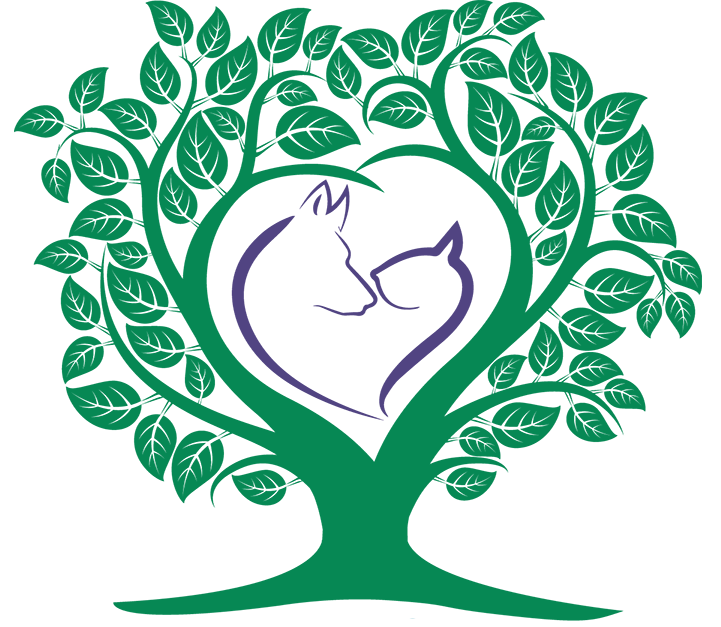Animal Communication Can Be Easy
Animals and children are great teachers. I learned the following lesson from my three year old son and two black labs. While on a walk with him in a stroller and dogs on Flexi-lead leashes the dogs kept “circling the wagons”, meaning that they insisted on constantly circling the stroller and me. Meanwhile, I would be high-stepping over leashes, contorting my body in various ways to keep the leashes from tangling while attempting to maintain forward motion. My frustration level was off the charts and my voice and response to them matched it. Finally, I had it. When once again they circled the wagons, I screamed, “Zoe and Jetexas enough!” I gruffly untangled the leashes while waves of anger cascaded off of me. From within the stroller, a sweet voice wisely suggested, “Mama, you know if you tell them calmly what you want they will listen.”
After much laughter, frustration, and gratitude I agreed to give it a try. I sat both the dogs down and told them “Zoe and Jetexas I would like us to move along in a flowing manner with each of you staying on your sides of the stroller and no more circling of the wagons.” That walk was a turning point. For the next three miles we moved as a flowing unit with ease and few corrections. When necessary, I calmly told them what I wanted. Later, I realized that it was partly the laughter and willingness to let myself off the hook and enlist the dogs’ help instead of continuing to demand that I “untangle” the situation myself that allowed for the breakthrough.
Fast forward to more recent experiences where this lesson has paid its dividends…
Recently, in an Animal Communication practice group session, one of my students shared in wonder, “I didn’t realize it could be that easy. It’s just like having a conversation with a friend.” She had been conversing with one of her cats about an annoying demanding meow. Through the conversation she gained the clarity that her cat wanted snuggles instead of treats. Guilt and frustration followed. She felt bad about how she’d been responding to the tone of her cat’s meow. Our animals don’t want us to feel bad when we finally understand them. The real learning for my student in this experience was around self-compassion. The cat was simply mirroring her frustration with herself with its frustrating and demanding meowing. I asked if there was something she needed to ask the cat so that she could respond in a loving way instead of responding in frustration to the cat’s demand. Taking her own needs into account, understanding that she needed to be more patient with herself, she was then able to request that the cat ask for snuggles in a sweeter tone instead of the demanding NOW tone that she found so irritating.
Soon afterwards I met a friend while out walking whose dog had requested her human to speak with clarity and tell her what she wants instead of yelling what she did not want. She said, “I did as my dog requested. She was barking and barking at another dog and I calmly said, ‘there’s no need for all that barking’ and invited her to keep walking.” With a look of incredulity, my friend added, “It worked–she stopped barking and we walked on. It was so easy.”
Animal communication is that easy. Think about what you do want and then share it with your animal in words, images and feelings.

